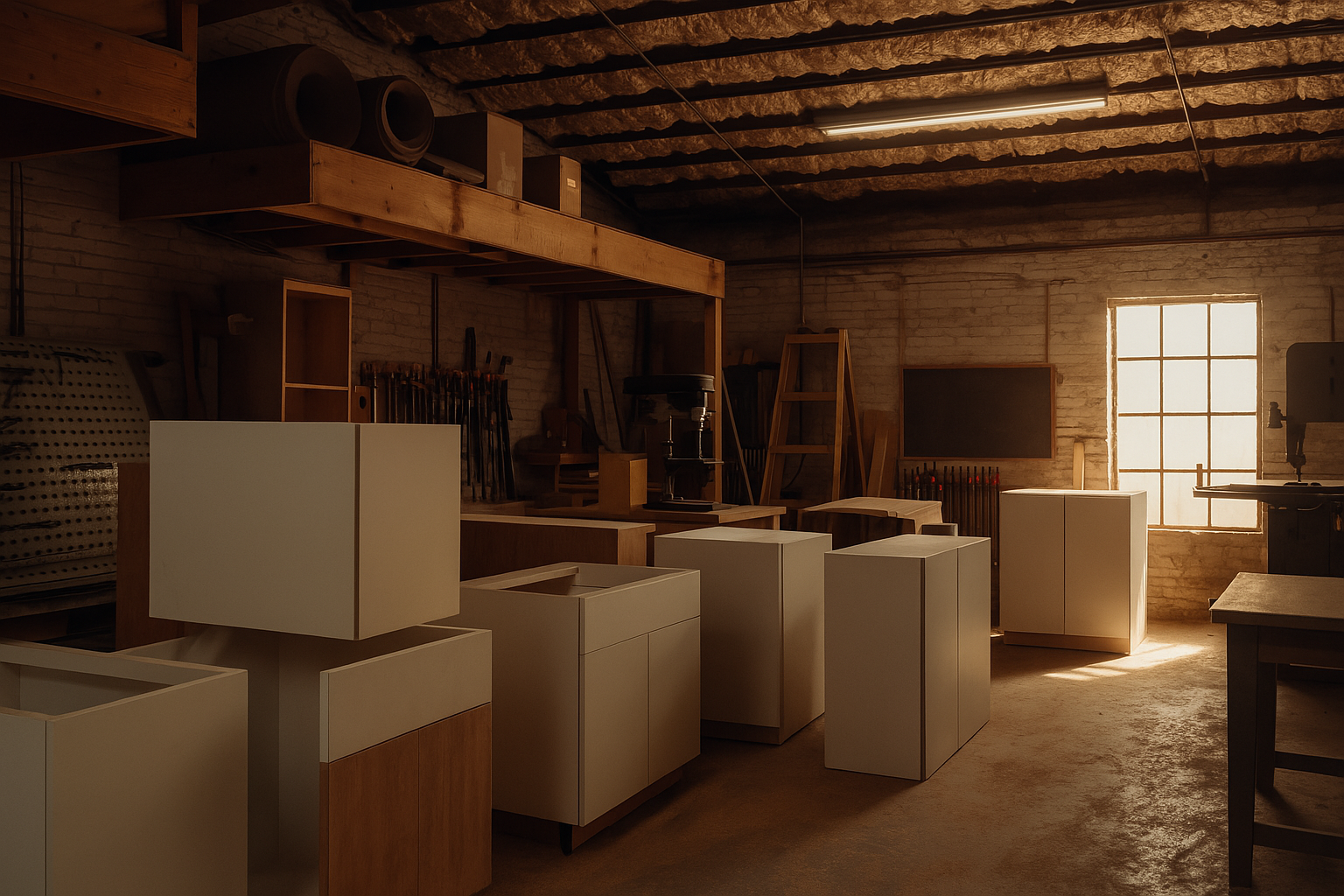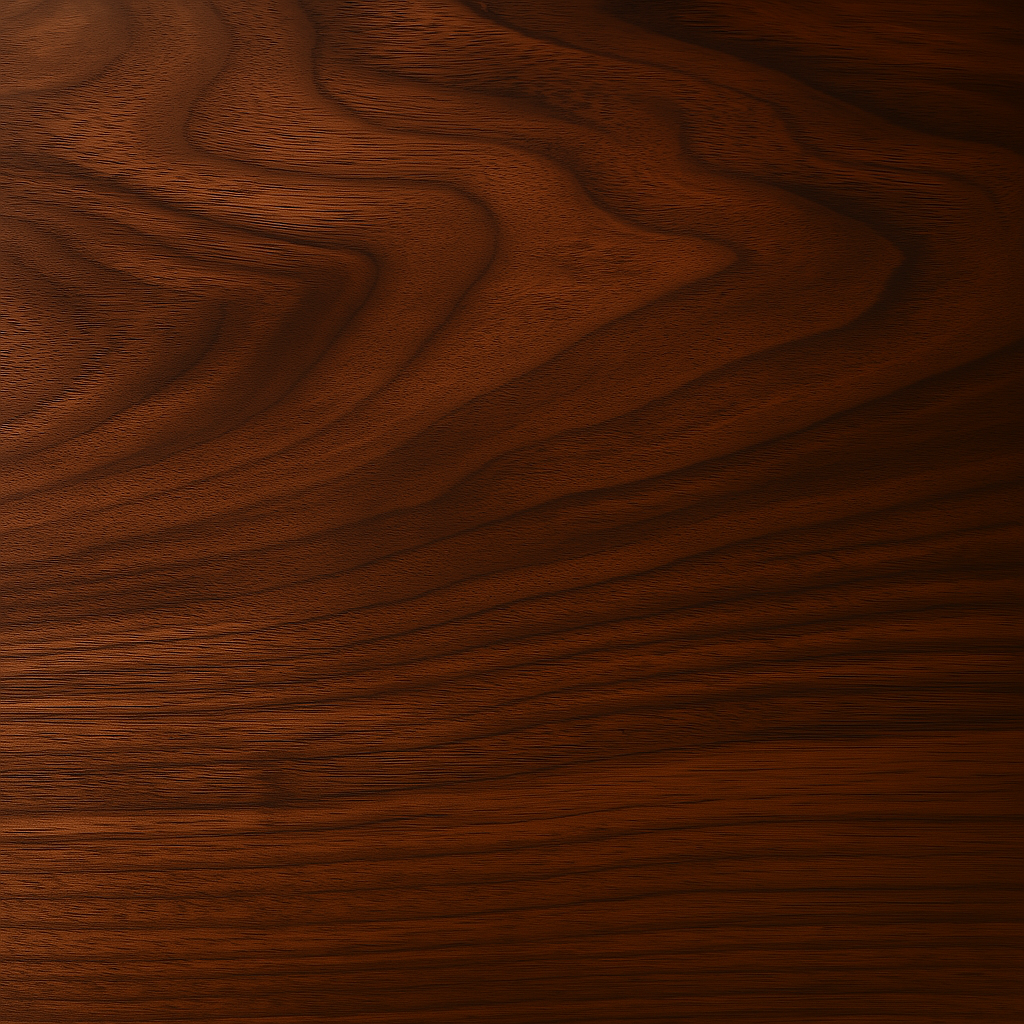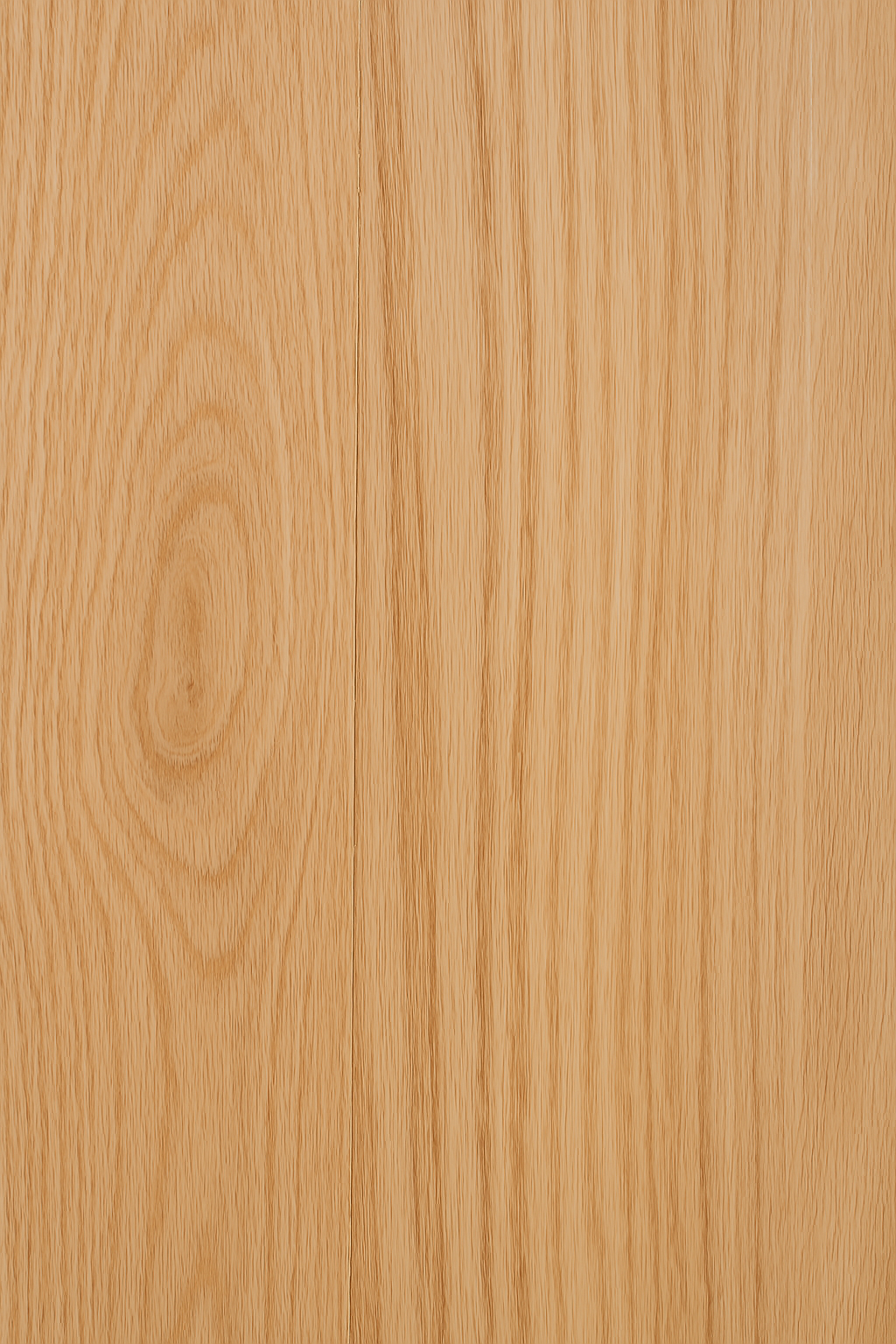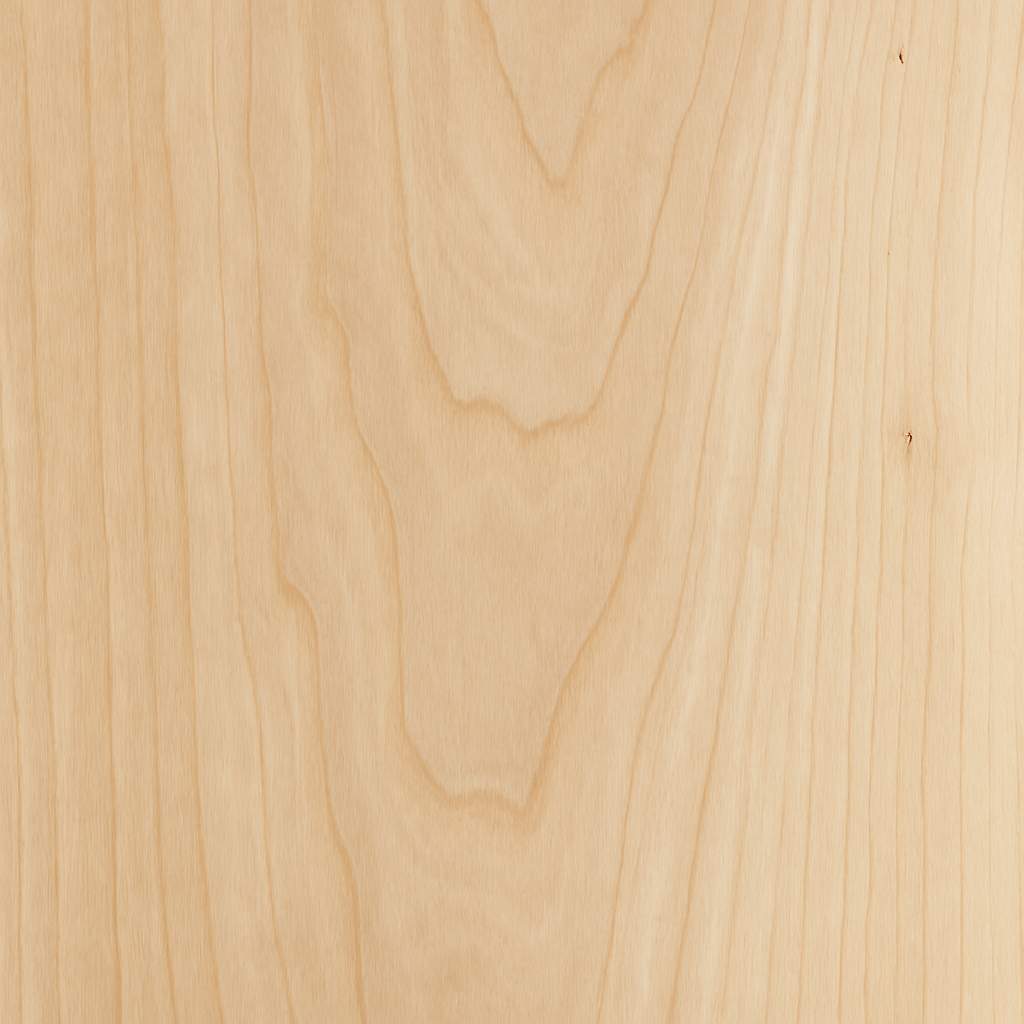
Premium Woodworking Materials
Discover the perfect materials for your custom woodworking projects
Select a Project Type
Click one of the project types above to explore materials tailored to your specific needs.
Why Material Selection Matters
The materials you choose for your woodworking project significantly impact its appearance, durability, functionality, and cost. Each wood species and engineered material offers unique characteristics that make it better suited for specific applications.
Our material selection guides help you understand these differences so you can make informed decisions that ensure the success of your project and your satisfaction with the final result.
Our Premium Material Standards
At TCS Woodworking, we source only the highest quality materials that meet our exacting standards for beauty, stability, and longevity. We carefully select each board for optimal grain pattern, color consistency, and structural integrity.
All our hardwoods are kiln-dried to appropriate moisture content levels, ensuring dimensional stability in your finished pieces for years to come.
Understanding Wood Properties
Hardwood vs. Softwood
Despite their names, the distinction between hardwoods and softwoods is botanical, not based on actual hardness.
- Hardwoods come from deciduous trees (that lose their leaves) and typically have more complex cell structures, making them denser and more durable.
- Softwoods come from coniferous trees (evergreens) and generally have simpler cellular structures, making them lighter and easier to work with.
- Some softwoods (like yellow pine) can actually be harder than some hardwoods (like basswood).
Wood Grain Patterns
The way a log is cut determines the grain pattern visible in the finished lumber:
- Plain-sawn (flat-sawn): Cut tangential to growth rings, creating cathedral patterns. Most common and economical.
- Quarter-sawn: Cut radially, producing straight grain and distinctive ray flecks. More stable but more expensive.
- Rift-sawn: Cut at a 30-60° angle to growth rings, yielding straight grain without prominent ray flecks.
Janka Hardness Scale
The Janka hardness test measures the force required to embed a steel ball halfway into a wood sample, indicating its resistance to denting and wear:
- Soft (below 800): Pine, Cedar, Poplar
- Medium (800-1300): Cherry, Walnut, Mahogany
- Hard (1300-2000): Hard Maple, White Oak, Ash
- Very Hard (above 2000): Brazilian Cherry, Hickory, Ebony
Moisture Content & Stability
Wood's moisture content significantly affects its dimensional stability and performance:
- Kiln-dried lumber has been carefully dried to 6-8% moisture content, making it suitable for interior projects.
- Air-dried lumber typically has 12-15% moisture content and may continue to dry and move after installation.
- Green (undried) wood contains over 30% moisture and will shrink dramatically as it dries.
- Different species have varying degrees of dimensional stability as humidity levels change.
Material Evaluation Criteria
Durability
Resistance to wear, dents, and scratches over time
Stability
Resistance to warping, cupping, and movement with humidity changes
Appearance
Grain pattern, color, texture, and visual character
Value
Cost-benefit relationship considering performance requirements
Ready to Select the Perfect Material?
Click one of the project types above to get tailored material recommendations and step-by-step selection guidance for your specific woodworking needs.
Expert Material Consultation
Need personalized advice on selecting the right materials for your specific project? Our team provides expert guidance tailored to your unique requirements, considering factors like usage, environment, aesthetics, and budget.
Expert Selection
Benefit from decades of woodworking expertise to select materials that perfectly match your project's functional and aesthetic requirements, whether for residential, furniture, or commercial applications.
Custom Samples
See and feel material options with custom samples, allowing you to make confident decisions about woods, finishes, and hardware selections for your specific project requirements.
Budget Optimization
Get practical advice on how to maximize quality and value within your budget, with transparent cost discussions and strategic alternatives tailored to residential or commercial scale.
Commercial Project Expertise
For commercial clients, we offer specialized material consultation services with comprehensive knowledge of:
Code Compliance
Expert guidance on fire-rated materials, ADA compliance requirements, and building code standards for commercial installations.
Performance Specifications
Detailed information on material performance characteristics for high-traffic commercial environments and specialized applications.
Value Engineering
Strategic approaches to optimize material selection for large-scale commercial projects, balancing budget constraints with performance requirements.
Maintenance Planning
Proactive material selection to minimize maintenance requirements and maximize lifecycle value for commercial spaces.
In-person and virtual consultations available for residential, furniture, and commercial projects of any scale.



